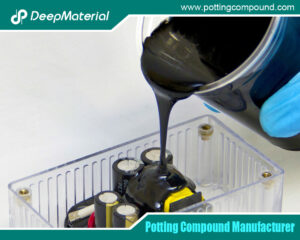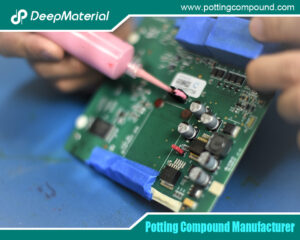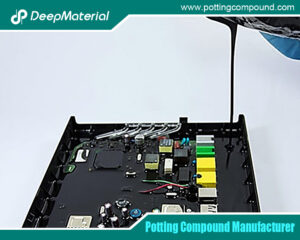
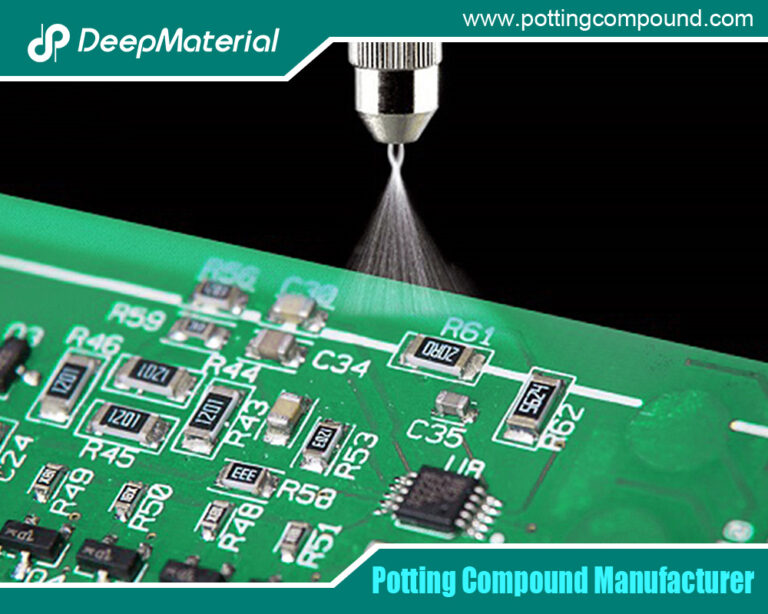
The Ultimate Guide to Electrical Potting Compound and Market Application
- Electronic Potting Material Manufacturer
- August 5, 2025
- Automotive potting material manufacturers, Benefits of Potting Electronics, Ceramic Potting Compound, Ceramic Potting Compound Manufacturer, circuit board potting, circuit board potting compound, compounded material, conformal coating for electronics, conformal coating for pcb, conformal coating material, conformal coating process, conformal coating silicone, conformal coating spray, conformal coating waterproof, Connector Potting Compound, Connector Potting Process, custom automated electronics potting, deepmaterial potting compound, deepmaterial potting compound manufacturer, electric motor potting compound, electrical potting compound, Electrical Potting Compound Manufacturer, Electrical Potting Compound Market, Electrical Potting Compound Supplier, epoxy potting compound, polyurethane potting compound, potting compound for electronics, potting compound for pcb, potting compound vs epoxy, silicone potting compound for electronics, UV curing potting compound, uv potting compounded material, waterproof potting compound
The Ultimate Guide to Electrical Potting Compound and Market Application
In the modern world of electronics, where devices are increasingly compact and exposed to harsh environments, ensuring the reliability and safety of electrical components is paramount. Electrical potting compounds play a critical role in safeguarding electronic assemblies by providing insulation, environmental protection, and mechanical support. These specialized materials encapsulate components, shielding them from moisture, chemicals, vibrations, and electrical failures, making them essential in industries ranging from consumer electronics to aerospace.
Electrical potting compounds are liquid resins that cure into a solid or semi-flexible layer, encasing sensitive electronics in a protective barrier. Their primary function is to enhance electrical insulation while offering durability in challenging conditions. This article delves into the fundamentals of electrical potting compounds, exploring their properties, types, applications, benefits, and challenges. Whether you’re an engineer designing a circuit board or a manufacturer seeking robust solutions, this guide will provide valuable insights into leveraging these compounds to ensure the longevity and performance of your electronics.
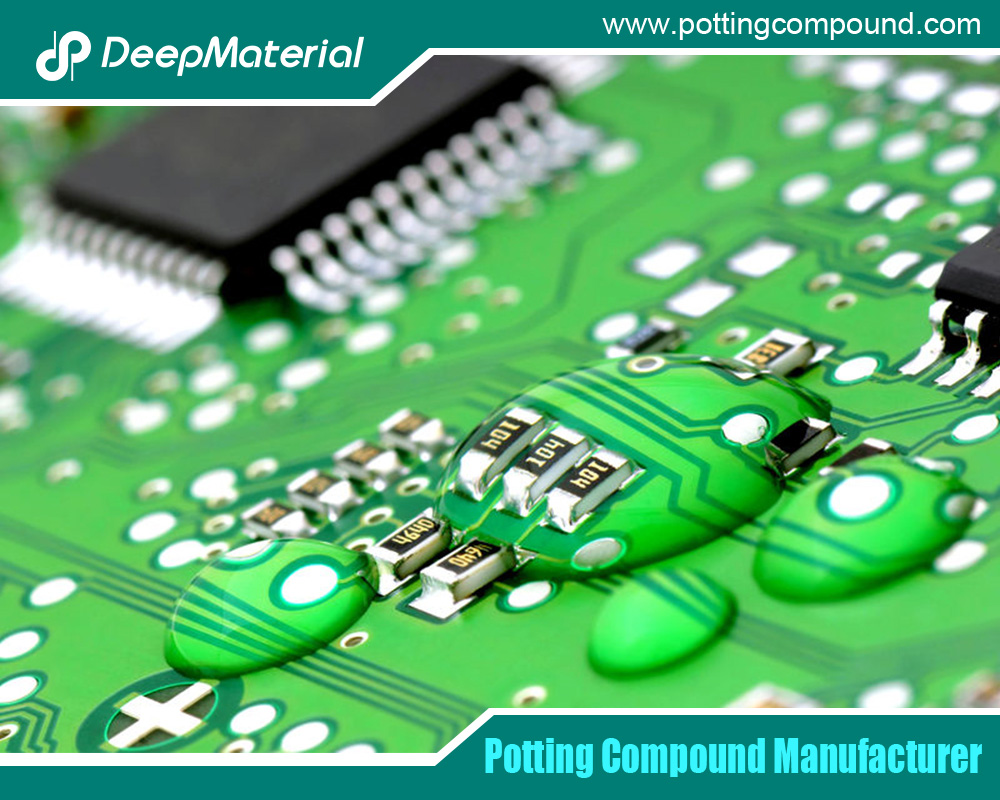
What is an Electrical Potting Compound?
An electrical potting compound is a resin-based material used to encapsulate electronic components, filling the spaces around them to provide electrical insulation and environmental protection. Potting involves pouring a liquid compound into a mold or housing containing the electronic assembly, allowing it to flow around components and cure into a protective layer. This process safeguards components from moisture, dust, chemicals, and mechanical stress, while also preventing electrical shorts or arcing.
Electrical potting compounds are formulated to exhibit high dielectric strength, ensuring they can insulate components without conducting electricity.
Common materials include:
- Epoxy: Known for hardness, chemical resistance, and strong adhesion, ideal for rigid encapsulation.
- Polyurethane: Offers flexibility and toughness, suitable for dynamic environments.
- Silicone: Provides excellent thermal stability and flexibility, perfect for high-temperature or UV-exposed applications.
These materials are tailored with additives to enhance properties like thermal conductivity, flame retardancy, or moisture resistance. By creating a sealed, insulated environment, electrical potting compounds ensure the safety and reliability of electronics in demanding applications, from automotive control units to outdoor sensors.
Key Properties of Electrical Potting Compounds
Electrical potting compounds are selected based on a combination of properties that ensure optimal performance.
Key characteristics include:
- High Dielectric Strength: A critical property, dielectric strength measures a compound’s ability to insulate against high voltages without breaking down, preventing electrical arcing or shorts.
- Moisture and Chemical Resistance: These compounds form a barrier against water, humidity, and chemicals like oils or acids, protecting components from corrosion and degradation.
- Thermal Conductivity: Many compounds are formulated to dissipate heat generated by electronic components, preventing overheating in high-power applications.
- Mechanical Strength and Flexibility: Depending on the material, compounds provide structural support or flexibility to absorb shocks, vibrations, or thermal expansion.
Flame Retardancy: Compounds often meet fire safety standards (e.g., UL 94 V-0), reducing fire risk in applications like consumer electronics or aerospace.
These properties make electrical potting compounds versatile, enabling them to meet the stringent demands of diverse industries while ensuring electrical safety and component longevity.
Types of Electrical Potting Compounds
Electrical potting compounds come in various formulations, each suited to specific applications. The main types include:
- Epoxy-Based Compounds: These are rigid, durable, and offer excellent chemical resistance and adhesion. They are ideal for applications requiring strong structural support, such as transformers or industrial controls. Pros: High strength, excellent insulation, chemical resistance.
Cons: Brittle, less flexible, longer curing times. - Polyurethane-Based Compounds: Known for their flexibility and toughness, polyurethanes are suitable for dynamic environments with vibration or thermal expansion, such as automotive sensors. Pros: Balanced flexibility, good insulation, fast curing.
Cons: UV sensitivity, moderate thermal conductivity. - Silicone-Based Compounds: These offer superior flexibility and thermal stability, operating in extreme temperatures (-50°C to 200°C). They are ideal for outdoor or high-temperature applications like LED lighting. Pros: Wide temperature range, UV resistance, flexibility.
Cons: Lower mechanical strength, higher cost. - Specialty Compounds: These include thermally conductive compounds for heat dissipation, low-viscosity compounds for intricate assemblies, or optically clear compounds for displays. They are tailored for niche applications. Pros: Customized performance, application-specific.
Cons: Higher cost, limited versatility.
Each type is designed to address specific electrical, environmental, or mechanical requirements, allowing manufacturers to select the best fit for their project.
Applications of Electrical Potting Compounds
Electrical potting compounds are used across a wide range of industries, protecting critical components in demanding environments. Key applications include:
- Consumer Electronics: Potting compounds encapsulate printed circuit boards (PCBs), sensors, and connectors in smartphones, wearables, and IoT devices, ensuring protection against moisture and physical stress.
- Automotive Electronics: Engine control units (ECUs), sensors, and lighting systems rely on potting compounds to withstand heat, oil, and vibrations in vehicles.
- Aerospace and Defense: Avionics, radar systems, and communication devices use potting compounds to ensure reliability in extreme temperatures, humidity, and mechanical shock.
- Renewable Energy Systems: Solar panels and wind turbine electronics are potted to resist UV exposure, rain, and temperature fluctuations, enhancing durability in outdoor settings.
- Industrial and Medical Devices: Motors, pumps, control systems, and portable diagnostic tools benefit from potting to ensure electrical insulation and environmental protection in harsh or sterile conditions.
These applications highlight the critical role of electrical potting compounds in ensuring the performance and safety of electronics across high-stakes industries.
Benefits of Electrical Potting Compounds
Electrical potting compounds offer numerous advantages, making them a preferred choice for encapsulation:
- Enhanced Electrical Insulation: High dielectric strength prevents electrical failures, ensuring safety and reliability in high-voltage applications.
- Protection Against Environmental Stressors: Compounds shield components from moisture, chemicals, dust, and UV exposure, preventing corrosion and degradation.
- Improved Durability and Reliability: By absorbing shocks and stabilizing components, potting compounds extend the lifespan of electronics in challenging conditions.
- Cost-Effectiveness: While initial costs vary, potting reduces maintenance and replacement expenses, offering long-term savings for critical applications.
These benefits make electrical potting compounds an essential investment for manufacturers seeking to deliver safe, reliable, and durable products.
Challenges and Considerations
Despite their advantages, electrical potting compounds present some challenges that must be addressed:
- Material Compatibility: Not all compounds adhere well to every substrate, risking delamination or reduced performance if compatibility is not tested.
- Curing Time and Application Complexity: Curing times vary, with some compounds requiring heat or extended periods, slowing production. Application may also require specialized equipment.
- Cost and Environmental Impact: High-performance compounds, like silicones, can be expensive, and some materials pose recycling or disposal challenges due to chemical content.
- Thermal Expansion and Stress: Rigid compounds like epoxies may stress components during thermal cycling, while flexible compounds may lack sufficient structural support.
Manufacturers must carefully evaluate these challenges and work with suppliers to select compounds that align with their application needs.
How to Choose the Right Electrical Potting Compound
Selecting the appropriate electrical potting compound involves several considerations:
- Environmental Conditions: Assess exposure to moisture, chemicals, UV light, or extreme temperatures to choose a resistant formulation.
- Electrical Requirements: Ensure the compound’s dielectric strength meets the voltage demands of the application.
- Mechanical Needs: Determine whether flexibility or rigidity is required based on vibration, thermal expansion, or structural support.
- Certifications: Look for compounds meeting industry standards, such as UL, RoHS, or MIL-SPEC, for regulatory compliance.
- Application Process: Confirm compatibility with dispensing equipment and curing processes in your production line.
- Budget: Balance performance with cost, especially for large-scale projects.
Testing samples and consulting with suppliers can help identify the best compound, ensuring optimal insulation and protection for your electronics.
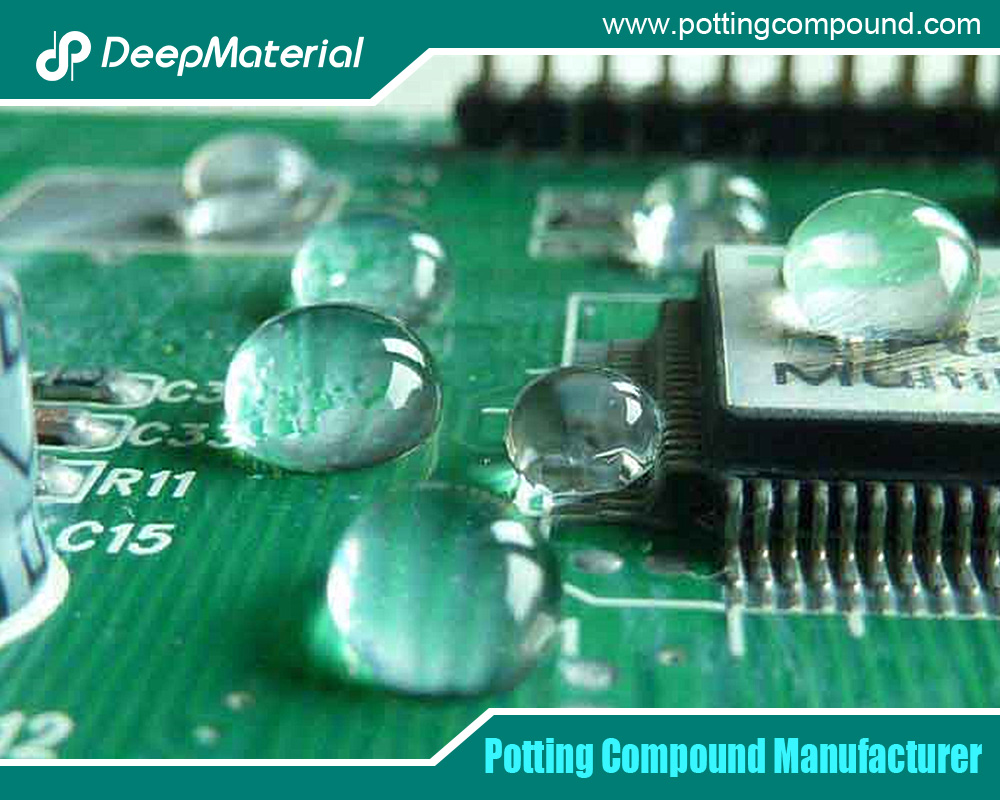
Conclusion
Electrical potting compounds are indispensable for protecting electronics in today’s demanding environments, offering superior insulation, environmental resistance, and mechanical support. Their versatility across industries—from consumer electronics to aerospace—underscores their critical role in ensuring safety and reliability. By understanding their properties, types, and applications, manufacturers can leverage these compounds to enhance the performance and longevity of their products.
As technology advances, innovations in potting compounds, such as eco-friendly formulations and improved thermal management, promise to expand their utility. For engineers and manufacturers, exploring the range of electrical potting compounds available today is a vital step toward building robust, high-performing devices. Consult with suppliers or test samples to find the perfect solution, ensuring your electronics thrive in even the most challenging conditions.
For more about the ultimate guide to electrical potting compound and market application, you can pay a visit to DeepMaterial at https://www.pottingcompound.com/ for more info.
Recent Posts
- The Development Trend and Future Prospects of Electrical Potting Compound in the Glue Industry
- The Conformal Coating for PCB Market Has Entered an Explosive Period: Key Drivers and Reports Detailed
- How Does Epoxy Encapsulated LED Work?
- Which Glues Are Suitable for Encapsulation of Electronic Products?
- What Are the Design Standards for the Glass Transition Temperature (Tg) and Tensile Modulus of Automotive Electronic Encapsulants Adhesives?
- Usage Methods of LED Potting Compounds: From Mixing to Curing – A Complete Step-by-Step Guide
- The Characteristics of Thermal Conductivity, Waterproofness and Shock Resistance of LED Potting Compounds
- Revealing the Wide Range of Application Scenarios of LED Potting Compounds
- In-Depth Analysis of Several Common LED Potting Glue Types
- A New Benchmark for Electronic Protection: Conformal Coating Process from Manual to Fully Automatic
Tags
Related Posts

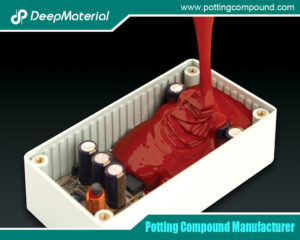
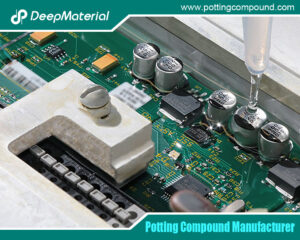
How Does Epoxy Encapsulated LED Work?
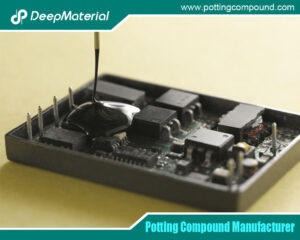
Which Glues Are Suitable for Encapsulation of Electronic Products?
